Static is a common problem in clothes due to electrical charges that build up. This often happens due to dry air or friction thus creating electric sparks that cause the cloth to crackle or shock when putting it on. Fortunately, there are a few tricks to get rid of static, which we discussed in this article.
What Causes Static on Clothes?
Wondering why static affects your clothes? Here are some common reasons:
- Winter:
One of the causes of static in clothes is dry air which is common during winter. For this reason, static builds up quicker in winter than in summer.
- Low Humidity:
Low humidity in the house is another cause of the static build-up in clothes. Using more heat in the house can lower humidity
- Type of Fabric:
Some specific types of fabric are more susceptible to electrical charge build-up. Fabrics like wool and acrylic are more prone to static build-up compared to other natural fibers like linen.
20 Ways to Get Static Out Of Clothes
If you need some tips to quickly get rid of static on your clothes, we’ve got you! Here are some methods to remove static from your clothes without causing any damage:
1: Use a Metal Hanger
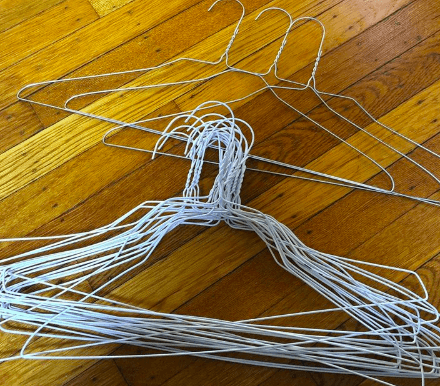
A good hack to dispel static in your clothes is by gliding a metal hanger through the inside of the outfit before wearing it. The metal hanger (or any metallic object) will discharge the electricity and remove the static. Another great practice is to hang clinging clothes with a metal hanger. This is great for fabrics like silk and wool.
You can also glide the hanger between your skin and clothes after you put it on.
Note: Be careful when using a metal hanger to prevent damaging the fibers of your fabrics. If a metal hanger can damage your fabric, it’s better to try out another method.
2: Body Moisturizer
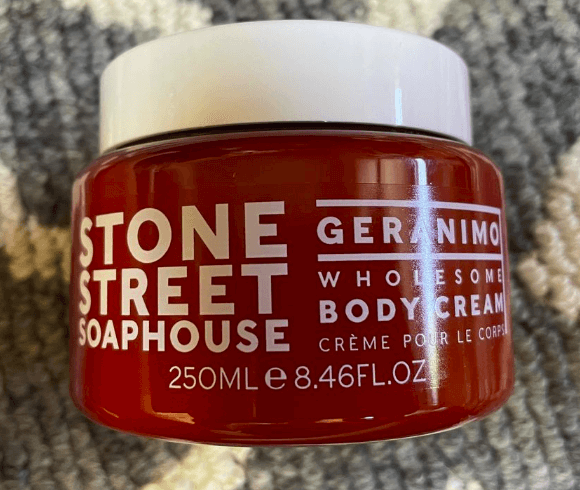
This is for your body, not for the clothes. Applying moisturizer on your body stops the cloth from rubbing against your body. This helps reduce unwanted sparks.
3: Swap Rubber Shoes With Leather
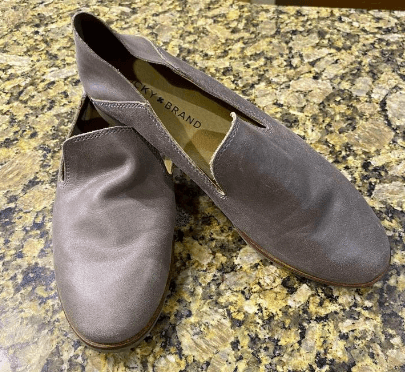
Shoes with rubber soles encourage the build-up of static. For this reason, it’s best to swap your shoes for leather ones to stay grounded. Rubber soles lock electric charges In place, while leather shoes allow the charges to flow freely through your body.
4: Fabric Softener

People use fabric softener on their clothes to make them softer. But, fabric softener also works in getting rid of static! Fabric softeners contain chemicals that can stop electricity buildup.
Fill up a spray bottle with a fabric softener and water, then stand away from your cloth and spray for about 5 seconds. This will reduce the static cling on the clothes. You can also use a stain remover for this procedure.
Another option is to use a fabric softener during the wash cycle. Add two teaspoons of fabric softener to your washing cycle to stop charges from building up.
5: Anti-Static Detergent and Sprays
There are detergents that lubricate fabrics and prevent static build-up. Use this type of detergent during your wash cycle to reduce static cling. Also, you can use an anti-static spray. Many supermarkets and stores sell anti-static sprays designed for your clothes or body.
6: Hair Spray

Hairspray does more than hold your bun in place. Besides getting rid of stains like ink and paint, hairspray can also work to discharge static electricity from your clothes. The chemicals in hairspray reduce static in hair, and this logic also applies to clothes.
To do this, turn your clothes inside out and spray 30 centimeters away. This is to ensure you don’t oversoak the cloth or stain your cloth.
7: Freezer
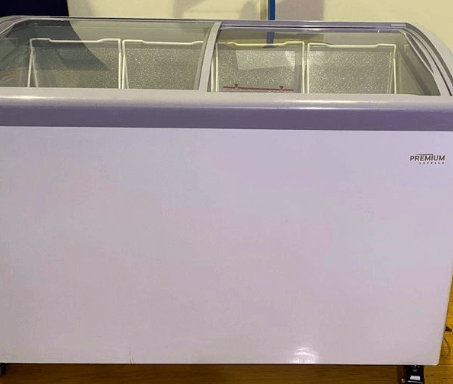
Strange right? But it works! If you have a static on your cloth, put it in the freezer for about 30 minutes to get rid of static electricity.
8: Water
Yes, Just Water. It’s better if the water is lukewarm, though for maximum effect. Water can neutralize the electrical charges that cause static to occur. Just fill up your spray bottle, stand away from your cloth, and fritz it without soaking up the fabric. This should be done right before putting on the cloth.
9: Safety Pin
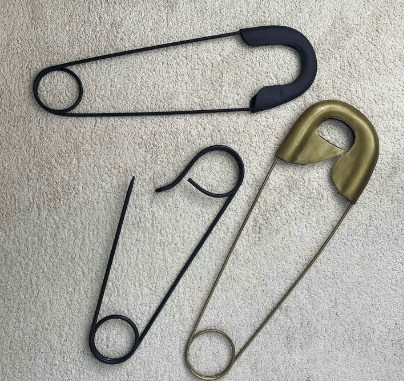
Use a metal safety pin on the inside of your clothing to absorb the electrical charges. It works. Simply hide the pin inside your clothes so that it doesn’t show from the outside. You can do this after drying, before storing, or wearing. Another option is to wear a metal thimble on your finger and run it down your cloth. This will cause the electricity to discharge and reduce the static.
You can use another metal object if you don’t have a thimble, but you need to ensure you don’t use it on fabrics that may get damaged.
10: Humidifier
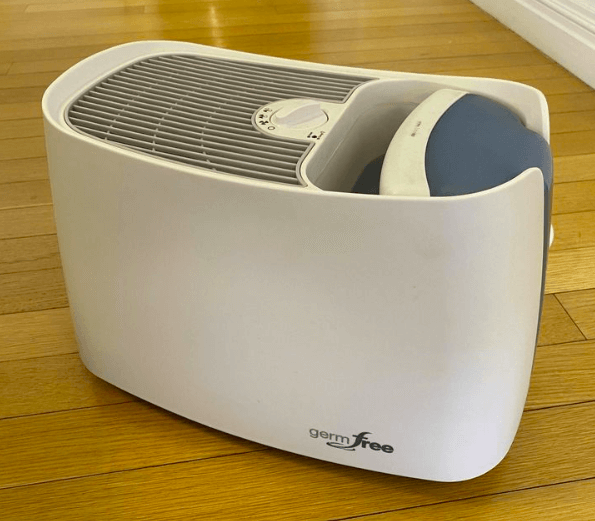
Low humidity is a good friend of static build-up. Keep a humidifier in your laundry room to reduce the amount of charge that clings to your fabrics.
Changing the Wash Cycle
A great way to get rid of static altogether is to change the way you do your laundry. The way you wash your cloth and
11: White Vinegar
Adding white vinegar to your wash cycle and air drying it can remove static. When rinsing your fabric, add about half a cup of white Vinegar over your clothes. Like fabric softener, white vinegar softens cloth and reduces the stiffness that causes static charges.
Another option is to soak a small towel or cloth vinegar and add it to the rinse cycle.
12: Baking Soda
Like vinegar, baking soda can help absorb the charges while washing your clothes. Add some baking soda into the washer, add detergent and wash normally. Baking soda will create a barrier that reduces the build-up of charges that cause the fabric to cling.
13: Aluminum Foil

Another option is to add aluminum foil into your washing cycle to dispel the charges your machine produces. Tear a sheet of aluminum foil, crumble it into a ball and drop it in the machine. Wash your fabric as normal and reuse it for other clothes. You can remove it when you see it’s no longer working.
Note: the tinfoil is for the machine and not the dryer, so ensure you remove it before moving the clothes to the dryer.
14: Dryer Balls

Dryer balls are designed to soften the fabric without using chemicals. This can also work to reduce static build-up in your fabric. Add two balls to your machine while drying and run the dryer cycle. This should reduce electrical static in the clothes.
15: Damp Rag
If you don’t have dryer balls, consider playing a damp cloth into the dryer at the end of the drying cycle. This will help reduce the static charge buildup.
16: Shake Your Clothes
When removing your clothes from the dryer, consider shaking it two or three times to prevent static from setting in. It would be best to do this immediately after removing your clothes from the dryer.
17: Dry Clothes on a Line
Drying your fabric on a clothesline after washing it is a great way to stop static build-up. Static on clothes usually occurs due to rubbing, so air drying will prevent it from building up electrical charges.
18: Dry Synthetic Fabrics Separately
As mentioned at the beginning of the article, some fabrics are more susceptible to static. To avoid static on your other clothes, consider drying your synthetic fabrics like nylon and polyester away from cotton and linens.
19: Use Dryer Sheets
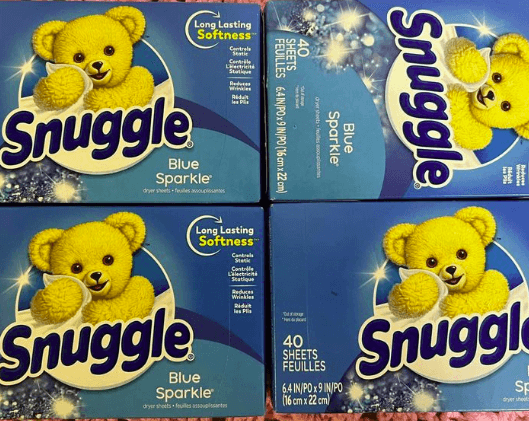
Dryer sheets are a great solution to cloth static. They work by reducing static and helping make your laundry softer. Dryer sheets reduce and neutralize the effects of built-up static in most fabrics. But you don’t want to overuse dryer sheets.
Dryer sheets can leave a coating residue in your dryer. This residue can also get on your dryer’s sensors and interfere with its ability to dry your laundry properly.
20: Try the Wet Hands Trick
If you’re looking for a way to remove static with dryers, you want to try the cold water trick. It’s pretty simple, run your hands under a cold tap for a couple of seconds and use your hands to smoothen the fabric. Try this a couple of times. You can also get your hands wet just before pulling your clothes out of the dryer.
